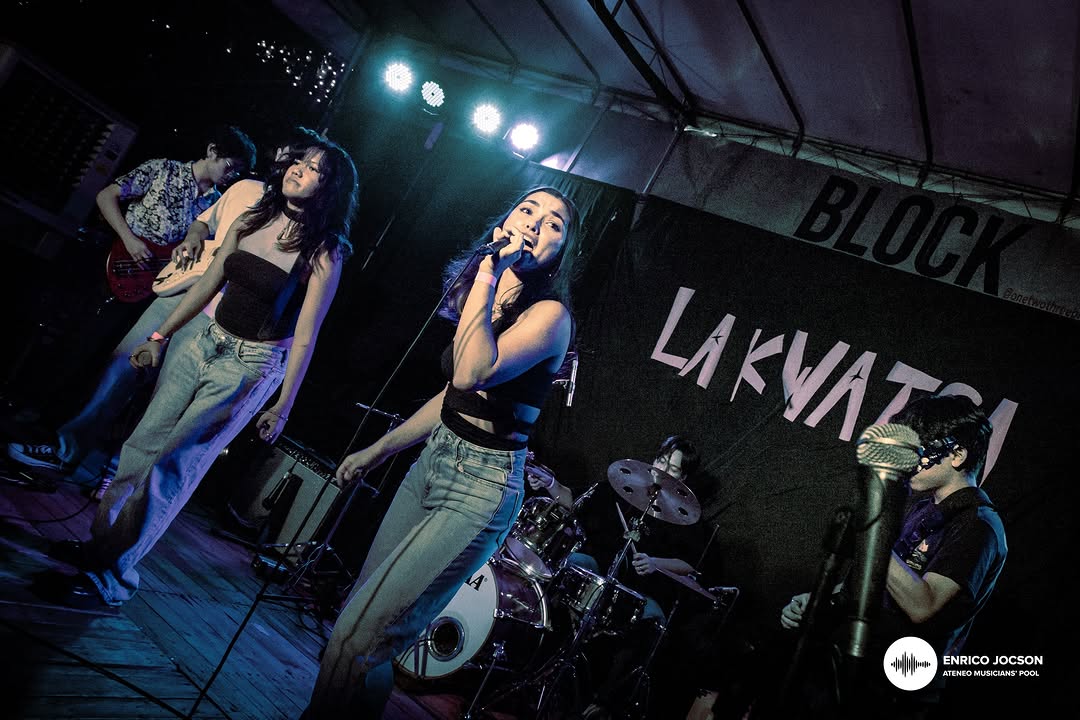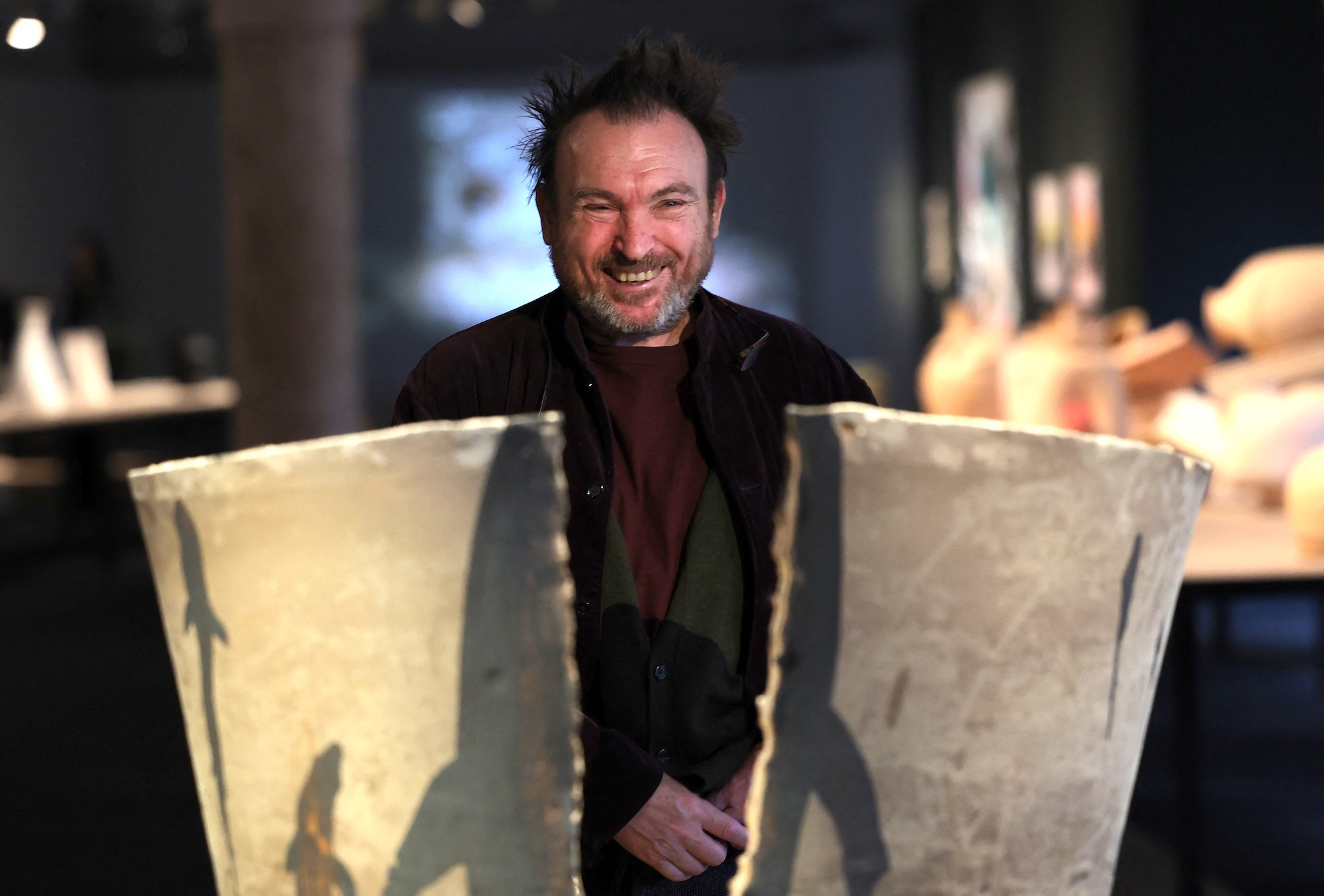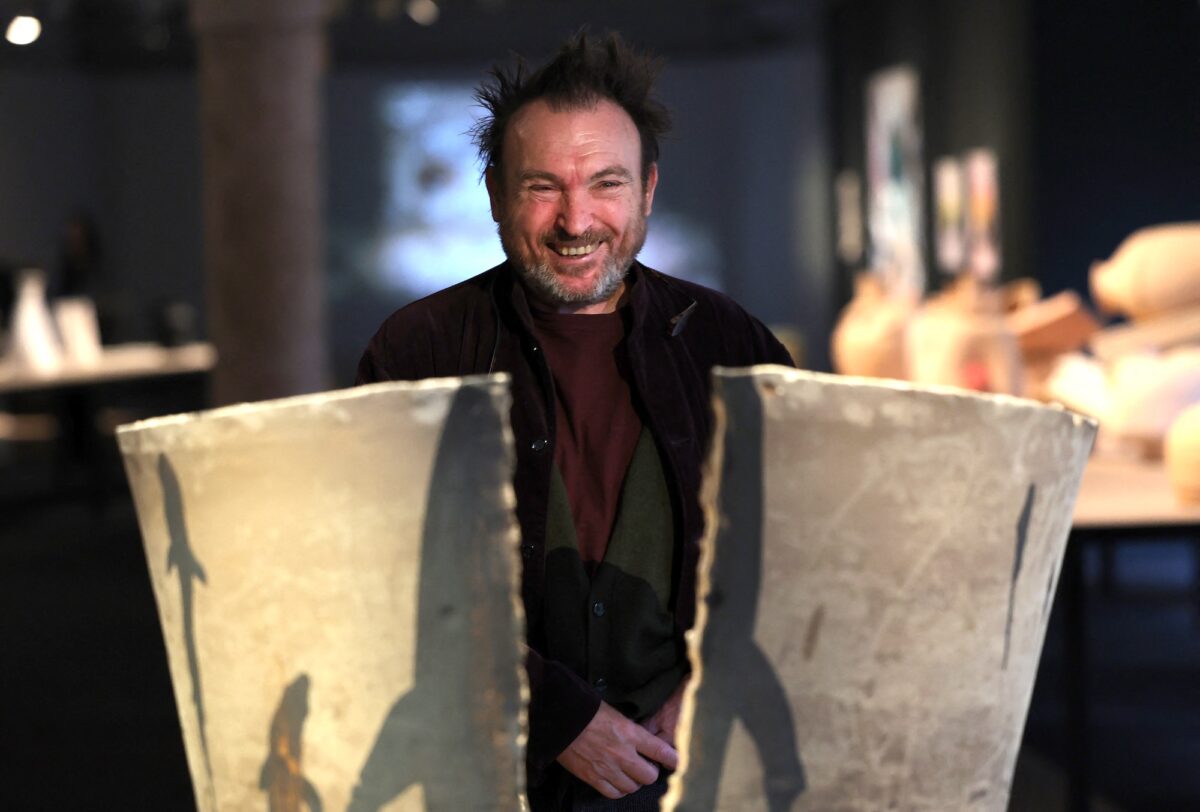One day one just has to accept the irreversible reality of age—and, at some later point, aging. That reality is plainest in sports; yet, it’s in sports precisely that it is widely denied.
I’ve observed it among my own sporting peers—old men trying desperately, impossibly, to push that old body to prime levels. I did have my own moments of such delusion, but I’ve managed, I think, to get real—in more or less painless surrender—and play my age.
The first unmistakable intimations came to me as I approached middle age—they very rarely come sooner. I was invited, though only for lack of a 10th man of suitable age—my son’s age—to a basketball scrimmage. It would be my first full-court basketball in a great while, but, having played the sport at a probably higher than decent level, I felt confident enough I could hold my own. Indeed, with experience—the better part of age—on my side, I thought I might even show these boys a thing or two.
Alas (to borrow a description of Lew Alcindor—the future Kareem Abdul Jabbar—on his explosive debut, although applied here in an opposite context), “the terrible truth quickly arrived.” The ball seemed heavier than I had last held it, the court longer than I had last run it, and the rim higher than I had last tried to reach it. To add injury to insult, my assigned man, a boy as big as they came of his better—fed and —bred generation, kept bumping me out of every play in which I figured, and never got called for it.
This is no basketball; in fact, this is simply too rough to be any sport.
Prudence
Right then, I decided to take my experience elsewhere and reminded myself to next time use it with prudence—the better part of valor. Thus, I forgot basketball and decided to stick to my other sport.
Tennis is decidedly safer. All these centuries its genteel traditions have prevented any rough contact between opponents or their fans, something not uncommon in, say, basketball or soccer. In fact, the only physical contact in tennis occurs when the opponents shake or (in the modern gesture) bump hands over the net at the end of the contest. The net itself serves as a deterrent: not only does it separate the sides, touching it during play costs a point.
Still, no sport, really, not even tennis, is safe for any man who remains unreconciled to the toll of the years; he is not safe from himself. Again, I’ve found that out for myself. My body no longer turns so freely, and my legs no longer obey so promptly, as they used to. With each big swing, my arm feels like it’s being wagged by the racket, instead of the other, proper way around. And the fatigue and wounds of battle linger ever longer.
The realization did not come to me with one strike on the head, to be sure (if there’s one thing that gets tougher with age, it would seem the head). Rather, it came to me by drilling, courtesy of my dear daughter Tracy, the national champion. She didn’t spare the racket, lest she spoil the dad. She had beaten the hell out of me until I came around. She didn’t have to say, “This hurts, dad, but it hurts me more”; in time I understood, as I’m sure she had herself understood in an earlier reversal of roles.
She has not only set me straight, but also inspired me to improvise and search for my age in the sun. As it happens, high-school math and science, particularly geometry and physics, hold the key, and I think I’ve found it.
To make up for the half step or so that I’ve lost through the years, I change my stance, swing and racket grip. I drop the old-book prescription: I stop struggling, thereby wasting precious time and energy, to bring one foot forward and turn my body sideways to pack power for my shot. I now face the net squarely and pull my racket just halfway through my old backswing; the movement turns my shoulders to a comfortable-enough angle and gives me more time to aim my shot. For my forehand I chuck the old handshake grip—the Continental—in favor of the semi-Western, fist turned outward to an acute angle, and for my backhand I turn it the other way by about equal degrees.
Safer shots
I hit safer shots. I favor spin over power, I block volleys instead of punching them, which requires youthful vision and timing, I lob more and, when out of position, always, and I have developed a fatal drop shot. For my own health, I play well braced—around each ankle, one knee and the elbow of my hitting hand. I’d rather concede the point than overstrain for it, and I don’t leap, not anymore, not on serve, not for a smash, not for anything, not even for joy worthy of an Edsa feat. I stay grounded in every sense. All in all, I play the averages better.
Not long ago, in Martinsburg, West Virginia, US, hidden from the prying eyes of potential opponents, I had a chance to polish my new game with my younger brother Angel Jr., a natural athlete and sporting teacher. On my first day of instruction, he put a new racket in my hand to complete my transformation-a 9.2-ounce Wilson [K] Sting, two ounces lighter than my old Head, but giving away nothing perceptible in power or control, he guaranteed. I had seen its sort, but not even the natural handicap of age would have had me resort to cheating by technology.
Once it worked its magic for me, however, I became a conscienceless convert. God, in his infinite fairness, I’m now sure, would not have allowed Wilson to invent the Sting if he hadn’t the likes of me precisely in mind: it is my own Excalibur. I’ve raised my winning averages with it, phenomenally. In fact I have become inspired to start playing singles again. I quit when I turned 60, seven years ago.
With technology and an aptitude for geometry and physics, who knows? I may yet beat aging!













































